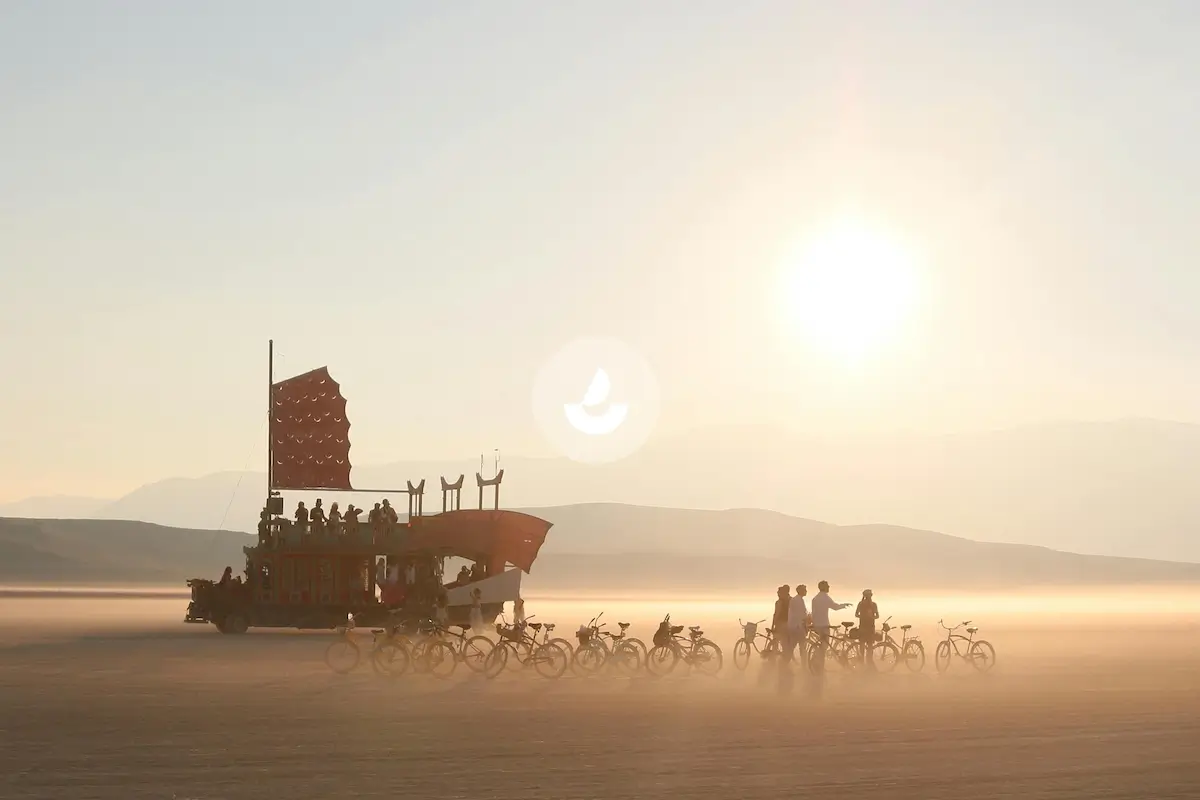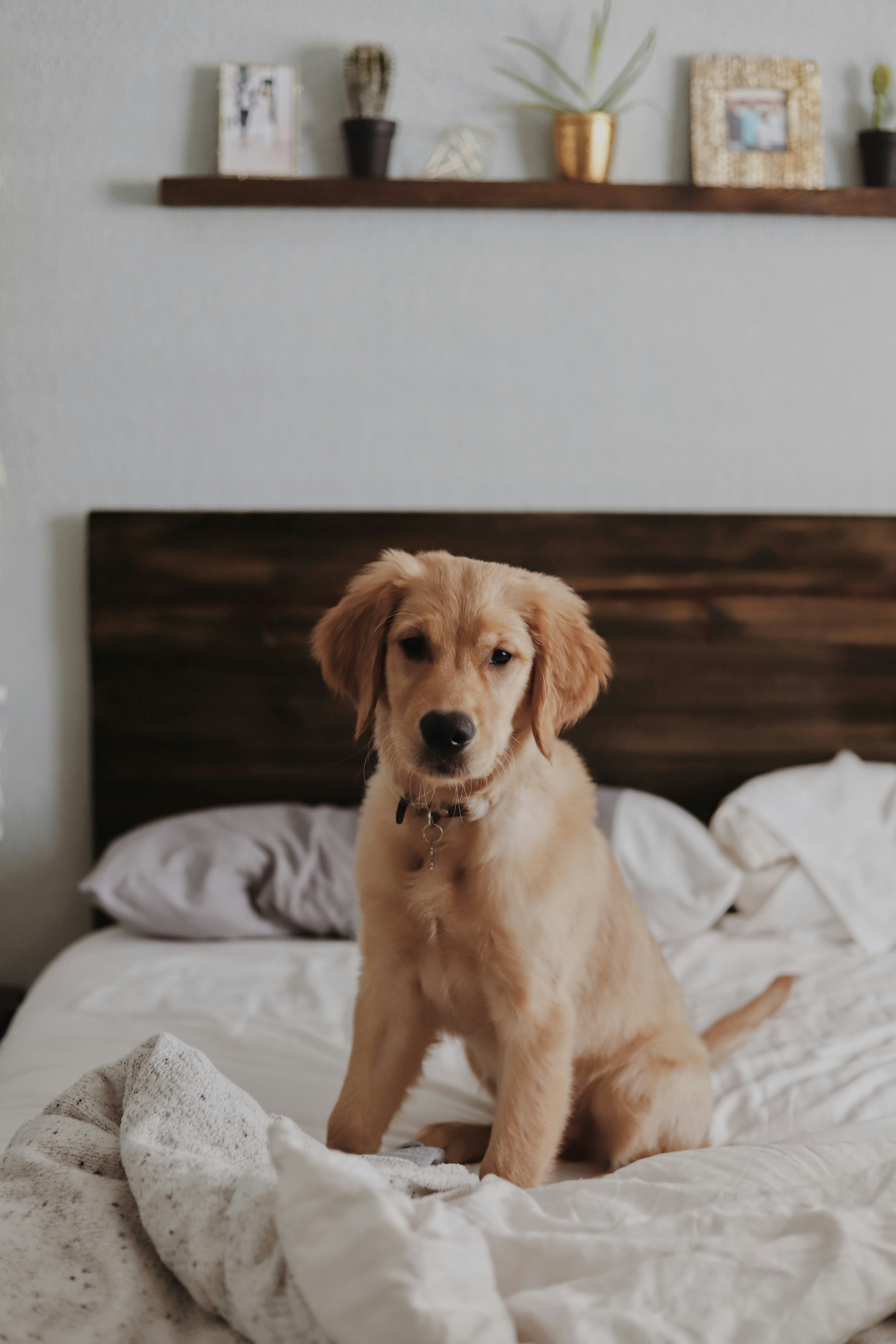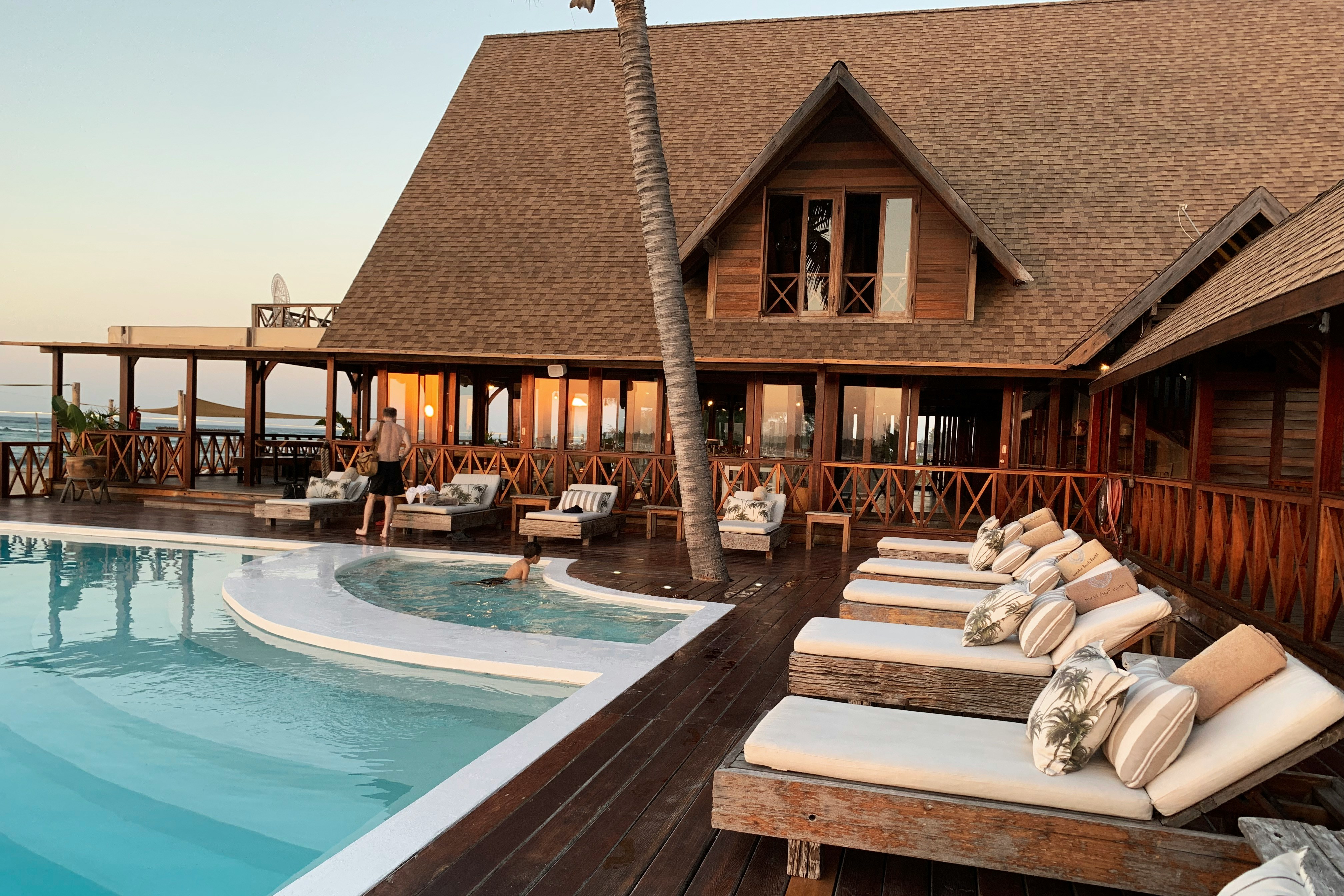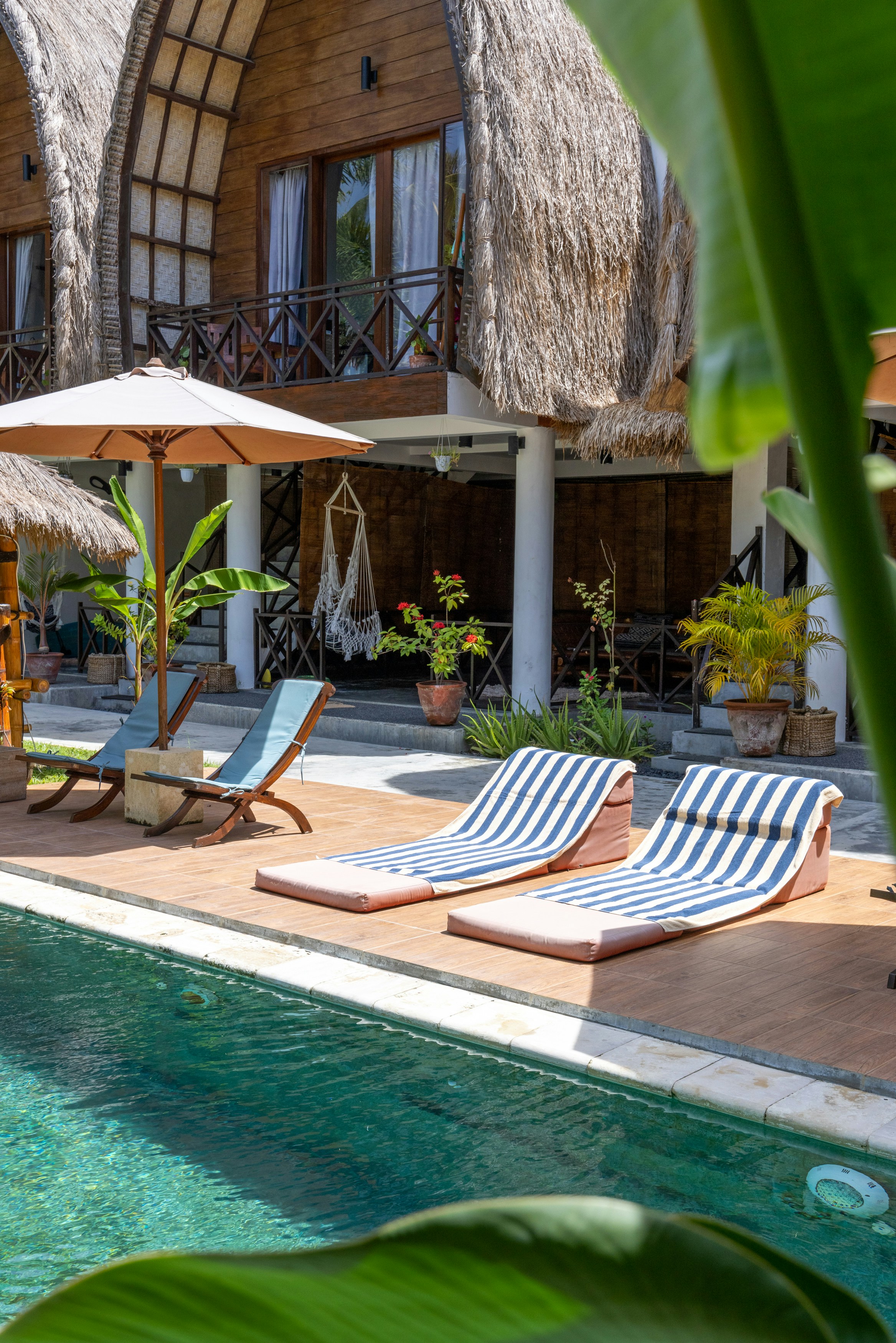Baba & Nyonya Heritage Museum
Baba & Nyonya Heritage Museum things to do, attractions, restaurants, events info and trip planning
Plan your stay
Posts
This is my first time in a Living Museum. Due to COVID-19 precautions, they have disabled all curated tours with guides and replaced them with self-guided tour using booklets instead. There’s only so much that a booklet can tell you so I’ll be back for a guided tour once they are available. The museum is a bit on the ‘smaller side’ but does offer a tremendously immersive experience for guests and enthusiasts alike. Its easily spotted from its trademark soft pink colors and white-tiled façade. Once you step inside, you are warmly welcomed by the curators who will guide you through a (very) brief history and some rules. Photographs are allowed but no flash. The booklet is very clear on the flow of the tour but I found some rooms on the property not open for public. The artifacts are rarely enclosed in glass or ropes so there is ample opportunity to look closely at the items (but not to touch!). There are many ornamental chairs around the house but regrettably none are reserved for guests. Except for one under the stairs. Certain areas have very dim lighting such as the front bedroom on the second floor where the bridal garments and decorations were showcased. Other rooms towards the back are not air conditioned and some of the collections are kept behind cabinets with intricate patterns making some artifacts a bit hard to look at. Perhaps the curators have kept these in order to maintain the ambience as realistic as possible. In terms of visitors experience, I enjoyed how the information was organized. As you transverse from room to room, the theme also changes. The booklet was very kind to provide details on this. We are first introduced to the history of the home followed by ‘Baba’ & ‘Nyonya’ culture. I wished they had included the current manifestation of these cultural elements and how they are adapted for modern use. I would highly recommended this for both Solo travelers and families. I would allocate a good 2 hours to allow enough time to appreciate the entire collection. There’s really not so much to ‘read’ but there is a whole lot to ‘see’—if you know what I mean. Admission fee is RM 20 which is arguably a bit on the high side but still worth every penny. I ended my visit feeling very satisfied and more informed then I initially expected to be. I never thought learning about the origins of the Peranakan culture and its assimilation into Malay society could be so much fun!
Muhammad Athallah Arsyaf
00
The hostess AT the counter exactly look like mak gemuk. Ticket is worth it. Some folklores suggest that Peranakan roots in Malaya began with a princess from China who married a local prince. Historically however the term Peranakan was used to refer to a number of different ethnic and cultural groups in Malaysia, Indonesia and Singapore. The root word for Peranakan comes from the Malay and Indonesian word ‘anak’, or child, referring to locally born descendants. Besides the Straits Chinese Peranakans, there are also the Peranakan Jawi, Peranakan Dutch, Peranakan Serani and Peranakan Chitty. The beginnings of the Peranakan-Chinese in South East Asia date back to the 12th Century. Many Southern Chinese merchants had actively engaged in trade more than 2000 years ago, but the first permanent settlements in cities on the isle of Java and the Malay Peninsula were not established until the 13th Century. This identity within the Chinese community began to form when Chinese traders intermarried with local women and adopted South East Asian social practices and the local language. The Peranakan Chinese have picked up many nicknames over the years: from being honored as ‘the Kings Chinese’ during colonial times, to more recent times being called orang cina bukan cina (Chinese people who are not Chinese), they have indeed garnered quite a reputation!
Pin Kelen
00
I visited this museum on 26.02.2020. When I arrived at the museum, the signs indicated that only self-guided tours were available, but after walking in, I was told that in fact there was a english guided tour at 12pm. The gentleman who gave the tour was just about the least interested in giving the tour as I could imagine. Right from the start, I got the impression he wanted the tour to end as quickly as possible and his style was to rush through every room with minimal explanation. His spoken english wasn’t that great either. He even told me to go google it when I asked him about one of the paintings. After the guided tour ended, I went back to the front, grabbed the handbook for the self guided tour and went through that, which made it a much more enjoyable experience. More importantly, I actually learnt something about the house and the family. I thought the house was beautiful with some exquisite woodwork and embroidery. The upstairs master/wedding bedroom has some two amazing wedding gowns and other wedding items. Based on my experience, I’d say do yourself a favour and visit on a self-guided tour. It’s not worth the extra amount for the guided tour. If I had paid less for a self-guided tour, I’d have given this museum 5 stars.
macedonboy
00
We did Not appreciate this family business “museum”. Despite the efforts to make themselves very important, the place is comparable to many other “house museums” of famous artists -with the exception of the fact that: the owhere were not really famous for anything ( except maybe trade). The place is well maintained, but no real history is reviled apart from some very basic information about the pre-World War II Peranakan homes. No information on the architecture, the origin of this house , the azulejo, nor any relevant historical nor cultural details are given in the home made brochures that serve as guide. It’s a business of showing a century old Chinese furniture ( I leave the taste judging to the spectators) in a clearly western lay out of a home. All ways lead to a shop that contrary to the entry DOES take your credit card. Paid 43 MR for two adults and a 7 years old child. Our boys enjoyed Edit Piaf and the broken gramophone, hence the one star.
Madie Dee
00
Baba-Nyonya heritage in Malaysia is a rich cultural blend, stemming from the intermarriage of Chinese traders and local Malays. The term refers to the descendants of these unions, who developed a unique identity with distinct art, cuisine, and language known as Baba Malay. Their homes, or "Peranakan houses," showcase intricate craftsmanship and vibrant colors. The Baba-Nyonya community has significantly contributed to Malaysia's diverse cultural tapestry, preserving traditions through generations. This Baba & Nyonya Heritage Museum is already more than 100 years old and has been passed down by a few generations. There is currently no guided tour available however visitors will be given a tour booklet in English or in Mandarin. This provides us a better understanding of this heritage museum. Suggest to take a grab there instead of driving to the place because in malacca is so hard to find a parking place.
Evelyn Lee
00
Have had a wonderful time exploring and understanding this heritage as passed down from the early babas and nonyas. Very well maintained and preserved exhibits and artifacts which are passed down from generations to generations. Watch out for the floor tiles, the well carved (well maintained too!) doors, furnishings, decorative displays, paintings and photos and the various daily utensils for eating and cooking. Friendly host informed on what to do and not to do (and where to sit and not sit) through booklet which was returned after visit. The stairs and steps to 2nd level has its own designs to behold and admire too. Amazing place, worth the time taken to visit and spent like 2+ hours there. Parking is really tricky at this place but the staff there mentioned there is a parking place with $3RM for whole day behind a particular block. Need parking coupons otherwise.
YT Koh
00
Nearby Attractions Of Baba & Nyonya Heritage Museum
Jonker Street Night Market
Taming Sari Tower (Malacca Tower)
A Famosa
Hatten Hotel Melaka
Melaka River Cruise Jeti Quayside
Muzium Samudera (Flor de La Mar)
Jonker Walk Melaka
Dutch Square (Red Square) Melaka
The Shore Oceanarium
Bayview Hotel Melaka

Jonker Street Night Market
4.3
(10.5K)
Click for details

Taming Sari Tower (Malacca Tower)
4.4
(8.9K)
Click for details

A Famosa
4.4
(7.1K)
Click for details

Hatten Hotel Melaka
4.1
(3.7K)
Click for details
Nearby Restaurants Of Baba & Nyonya Heritage Museum
Pak Putra Restaurant
Asam Pedas Claypot Restoran Kota Laksamana
The Daily Fix Cafe
Restaurant BABA KAYA - One Malaysian Cuisine
ATLANTIC NYONYA HQ
Asam Pedas Selera Kampung Sdn Bhd
ATLANTIC NYONYA @ MELAKA RAYA
Jonker 88
Hard Rock Cafe Melaka
GravyBaby Melaka at Jonker Street

Pak Putra Restaurant
4.2
(2.8K)
Click for details

Asam Pedas Claypot Restoran Kota Laksamana
3.8
(2.5K)
Click for details

The Daily Fix Cafe
4.4
(1.9K)
Click for details

Restaurant BABA KAYA - One Malaysian Cuisine
4.7
(1.7K)
Click for details
Basic Info
Address
48-50, Jalan Tun Tan Cheng Lock, 75200 Melaka, Malaysia
Map
Phone
+60 6-282 1273
Call
Website
babanyonyamuseum.com
Visit
Reviews
Overview
4.4
(1K reviews)
Ratings & Description
cultural
family friendly
accessibility
Description
Baba Nyonya House Museum, also known as the Baba Nyonya Heritage Museum, is a museum in Malacca City, Malacca, Malaysia that showcases the local history of ethnic Chinese-Malays called Baba-Nyonya or Peranakan in the state.
attractions: Jonker Street Night Market, Taming Sari Tower (Malacca Tower), A Famosa, Hatten Hotel Melaka, Melaka River Cruise Jeti Quayside, Muzium Samudera (Flor de La Mar), Jonker Walk Melaka, Dutch Square (Red Square) Melaka, The Shore Oceanarium, Bayview Hotel Melaka, restaurants: Pak Putra Restaurant, Asam Pedas Claypot Restoran Kota Laksamana, The Daily Fix Cafe, Restaurant BABA KAYA - One Malaysian Cuisine, ATLANTIC NYONYA HQ, Asam Pedas Selera Kampung Sdn Bhd, ATLANTIC NYONYA @ MELAKA RAYA, Jonker 88, Hard Rock Cafe Melaka, GravyBaby Melaka at Jonker Street

- Please manually select your location for better experience




